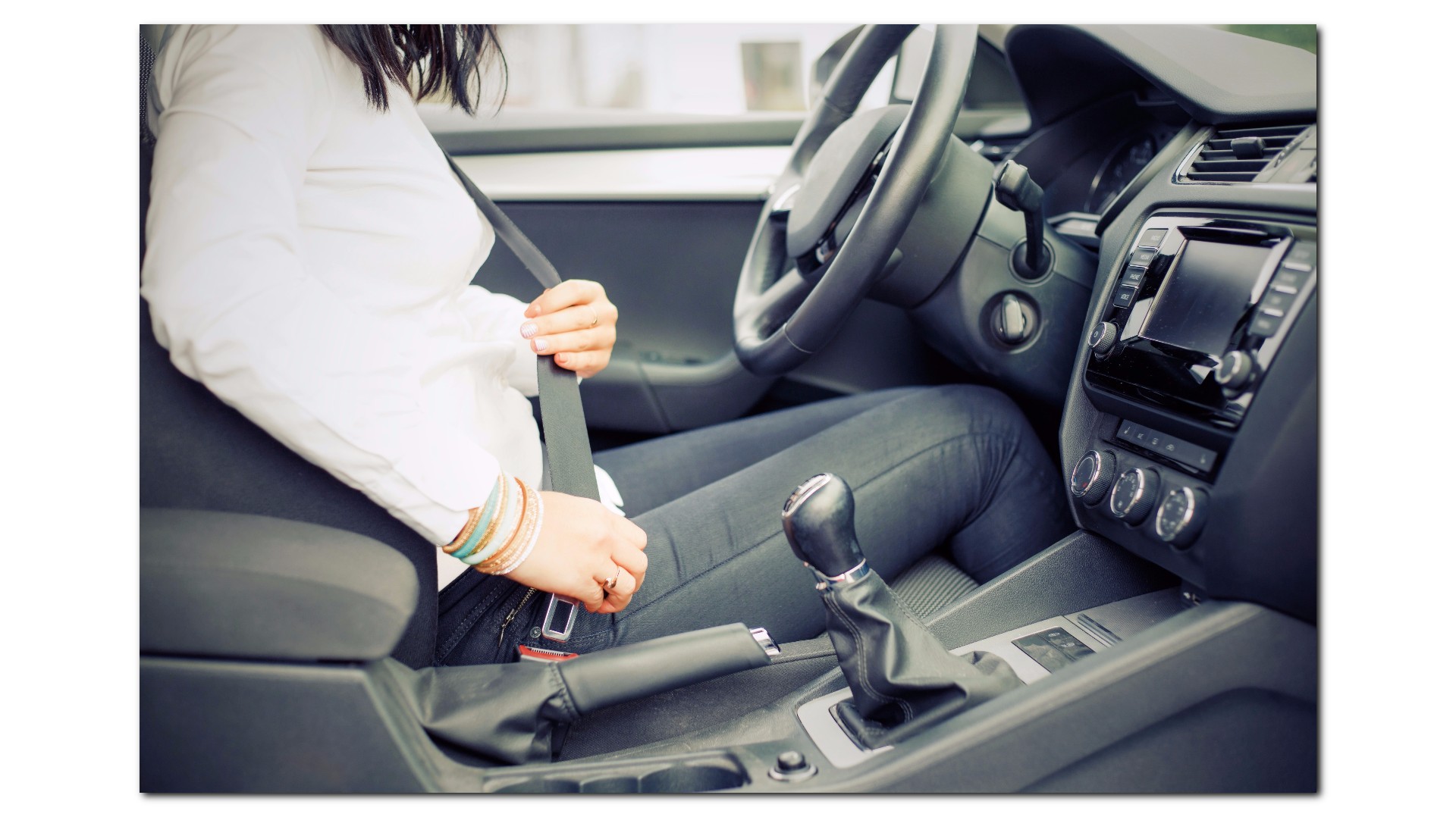Colorado is one of only 15 states with a secondary seat belt law, which means police are only allowed to ticket you for a seat belt violation if they’ve pulled you over for some other reason.
With fewer people using seat belts in Colorado and more people dying in car accidents, the state transportation department is making a push for Colorado to change that law and make seat belt violations a primary offense.
“We feel strongly that a primary seat belt law would make a significant difference in helping to slow the increase in fatalities that we are seeing on our roads,” CDOT director Shailen Bhatt said in a written statement to 9NEWS. “States that implement a primary seat belt law show a significant decrease in fatalities.”

CDOT has already prepared infographics designed to promote the idea ahead of the state legislative session, which begins next month.
Staffers for Gov. John Hickenlooper (D-Colorado) say they don’t yet know whether he’ll prioritize the primary seat belt law in his legislative agenda or his state of the state address.
ROAD FATALITIES CLIMBING
Hickenlooper did kick off an aspirational effort in early 2015 with the goal of “moving toward zero deaths.”
That’s not the direction we’ve gone. Colorado finished 2015 with 507 fatal crashes, 56 more than in 2014.
It’s going to be higher still in 2016. With a few weeks remaining in the year, Colorado’s already had 515 fatal crashes.
That translates to one or two deaths per day. More than ten every week.
CDOT estimates a primary seatbelt law alone would save 22 lives in the first year.
“There are about 15 percent of people in Colorado who don't buckle up,” said CDOT safety spokesman Sam Cole. “But those 15 percent actually are 50 percent of the fatalities in Colorado.”
A POLITICAL CONTROVERSY
Not everyone is on board.
“CDOT should be concerned with building and maintaining our roads. Not joining the nanny crowd trying to protect us from our own bad decisions,” said Jon Caldara, a libertarian-leaning activist with the Independence Institute.
Caldara concedes that “only idiots don’t wear seat belts,” and agrees with the current Colorado law that makes it a primary offense to have children in the car without their seat belts on.
But when it comes to grown adults, he doesn’t buy think the law is justified—not even in the name of saving lives.
“Darwinism exists for a reason. If people want to meet their windshields at 60 miles an hour and remove themselves from the gene pool, that might be good for us in the long run,” Caldara said. “This is not a difficult sell to ask people, to convince people, to save their own lives. It shouldn't be done at gunpoint.”
CDOT director Bhatt acknowledges he could be up against opposition from both sides of the political spectrum, “on the right due to individual rights and opposition on the left due to concerns about enforcement.”
“Our position is that seat belts save lives regardless of politics or race,” Bhatt added.
WOULD IT WORK?
Colorado currently ranks 35th on seat belt use, according to federal data based on state-level studies.
This year’s study found 84 percent of Colorado drivers wear seat belts, based on direct observation of nearly 140,000 cars in 29 counties done by scientists and retired state troopers.
The data suggest a strong correlation between primary seat belt laws and higher rates of seat belt use. Of the 35 states (and Washington DC) with higher seat belt use rates than Colorado, 32 of them have primary seat belt laws.
All but four of the states with lower seat belt use than Colorado have secondary sea tbelt laws, with the exception of New Hampshire which has no adult seat belt law at all and ranks dead last with 69.5% seat belt use.
CDOT officials argue a primary seat belt law would give public awareness campaigns like “Click it or Ticket” more teeth and encourage more seat belt use.
Caldara suggests that forcing people to buckle up who otherwise wouldn’t could have unintended consequences—akin to the idea that athletes wearing helmets will make riskier moves in a game.
Few scientists have examined this theory known as “risk homeostasis” as it applies to seat belt law, but one such study in Great Britain found “minimal, if any, evidence for the theory.”
NO SEAT BELT = RISK TO OTHERS?
Even if you accept the argument that people should be free to risk their own lives by choosing not to buckle up, there is evidence that failing to wear a seat belt puts others at risk.
CDOT points to a 2004 study that found an unbelted person in a car increase the risk of injury to others in the car by 40 percent, because the unbelted person can fly through the air and crash into other occupants.
This is the one argument that Caldara said he can accept, though he questions whether CDOT’s motives are based on this.
“If that were the real reason, they would be pushing for laws to seat belt in your luggage and your bowling balls when you’re driving,” Caldara said.
The agency also says that a lack of seat belt use harms society at large by driving up healthcare costs due to thousands of needless injuries each year.
We don’t yet know if the effort to change Colorado’s seat belt laws will get off the ground, but if it does—it will set the stage for a vibrant debate at the statehouse.


